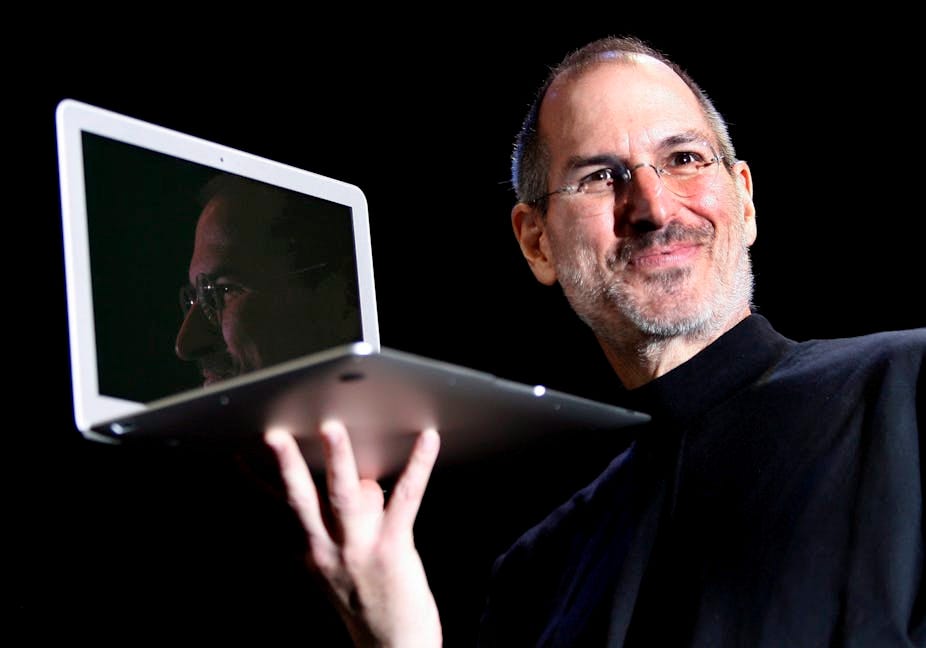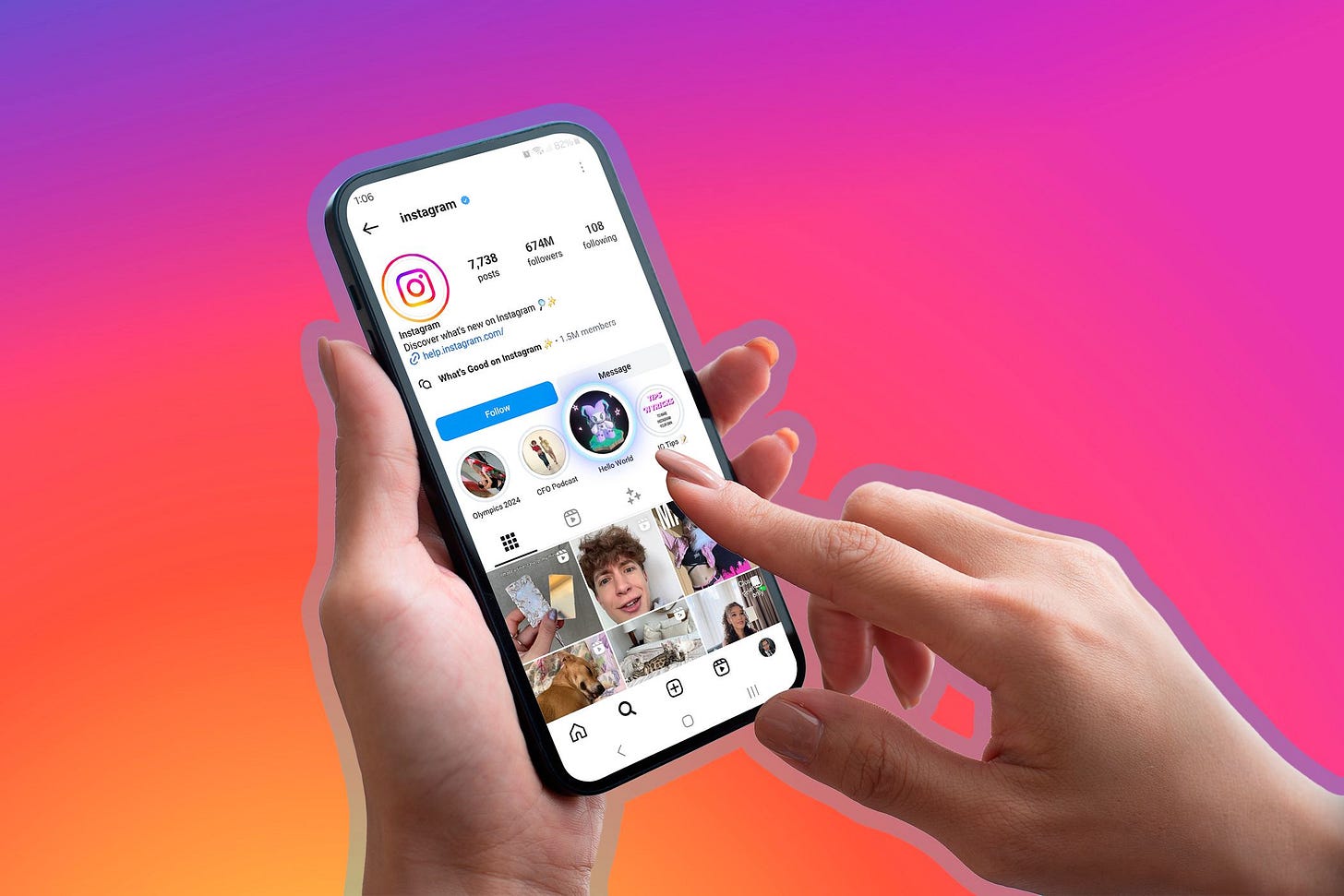When Solving the Obvious Problem Isn’t Enough
5 stories of companies that didn’t fix the surface issue, they solved what really mattered
We often assume the clearest problem is the one we need to solve.
Low performance? Hire more people. Bad sales? Add new features. But in reality, the most effective solutions aren’t always direct. The best companies often resist quick fixes and instead take a step back, to change culture, strategy, focus, or identity. They look beneath the surface, and act from insight.
Here are five stories of teams that solved the right problem, not just the loudest one.
1. Real Madrid, Fixing the Spirit, Not the Squad
By 2013, Real Madrid had everything a club could want, world-class players, record breaking signings, and international prestige. But for all their spending, the one thing they hadn’t won in over a decade was the Champions League. The assumption? Buy more stars. Bring in more talent. Outshine the rest.
But behind the scenes, coach Carlo Ancelotti and the leadership team realized the problem wasn’t tactical or technical. It was emotional. Fragmented egos, inconsistent morale, and a sense of pressure over purpose.
They needed unity, not upgrades.
Before the 2014 Champions League campaign, the club did something symbolic but profound: they introduced a new anthem, “Hala Madrid y Nada Más”. It was played in the dressing room before matches, becoming a ritual. The lyrics weren’t just music, they were a reminder of shared history, pride, and purpose. The song became a rallying cry. That season, the team played with more cohesion, confidence, and belief, winning their long-awaited “La Décima,” their 10th Champions League title. After the victory, the anthem was released publicly and is now a stadium staple.
They didn’t change the players, they changed what the players believed.
2. Apple, Subtracting to Survive
In 1997, Apple was collapsing under its own complexity. It had dozens of products across categories, none of them clearly positioned. Sales were falling. Competitors were outpacing them.
When Steve Jobs returned, most assumed he’d bring new innovations. Instead, he started cutting. He slashed the product line from dozens to just four, a simple 2x2 matrix: Consumer vs. Professional, Desktop vs. Portable.
Everything else? Gone. This wasn’t downsizing. It was radical focus. He shifted attention from “more things” to “the right things.” Design became central. Branding became sharper. The result? A company with a clear identity, a streamlined roadmap, and room to obsess over quality. From this foundation came the iMac, the iPod, and eventually the iPhone.
Apple didn’t grow by adding, they came back by letting go.
3. Netflix, Reinventing Before It Was Safe
In the early 2000s, Netflix had finally disrupted Blockbuster. They were winning the DVD rental market. But Reed Hastings knew: success today doesn’t guarantee relevance tomorrow.
Instead of coasting, Netflix disrupted itself. They bet on a future where DVDs didn’t exist. They started building a streaming platform in 2007, even though most people still used dial-up. They spent heavily on infrastructure, licensing, and tech, before the audience was even ready. Then they did it again in 2013, investing in original content like House of Cards and Orange is the New Black.
Critics said they were moving too early. But by the time competitors caught up, Netflix had already built the ecosystem, data advantage, and audience trust.
They didn’t wait for decline, they reinvented before it was necessary.
4. Nintendo, Winning by Changing the Game
By 2005, the gaming wars were all about power. Sony’s PlayStation and Microsoft’s Xbox competed on graphics, specs, and performance.
Nintendo couldn’t keep up, and they knew it.
Instead of trying to match power, Nintendo changed the definition of gaming.
They built the Wii, a console that prioritized experience over specs. With motion-sensitive controls and a family-friendly design, the Wii was something entirely different.
It wasn’t just for gamers, it was for grandparents, kids, and parties.
It turned living rooms into play zones.
Despite being technically “weaker,” the Wii outsold both the PlayStation 3 and Xbox 360. It expanded the market and redefined what gaming could be.
Nintendo didn’t fight harder, they fought differently.
5. Instagram, Growing by Doing Less
In its early days, Instagram was cluttered. The app had multiple features, location tagging, check-ins, filters, messaging. But growth was slow. Users didn’t know what to do first. The founders, Kevin Systrom and Mike Krieger, took a risk: they stripped it all down.
One core flow remained:
📸 Take a photo → 🎨 Add a filter → 📤 Share it.
That was it.
This simplicity made the app intuitive, fast, and delightful. Suddenly, users knew exactly what Instagram was for. It grew to 1 million users in 2 months, and the rest of the features came later, when they made sense.
Instagram didn’t add features, they clarified purpose.
Final Thoughts
When something’s broken, we rush to fix what’s visible.
But the smartest moves often lie deeper, in vision, focus, and emotion.
These companies didn’t patch symptoms.
They rethought assumptions, fixed root causes, and played the long game.
The real solution isn’t always louder, it’s just wiser.






